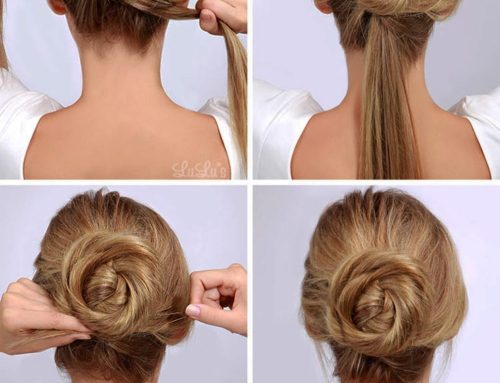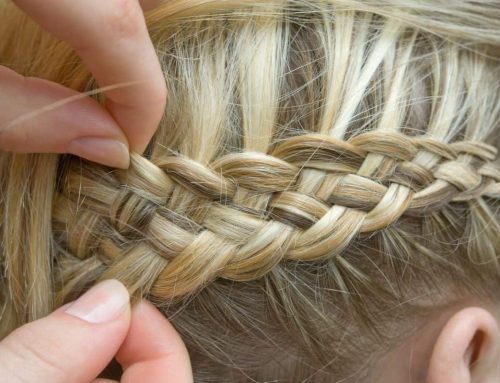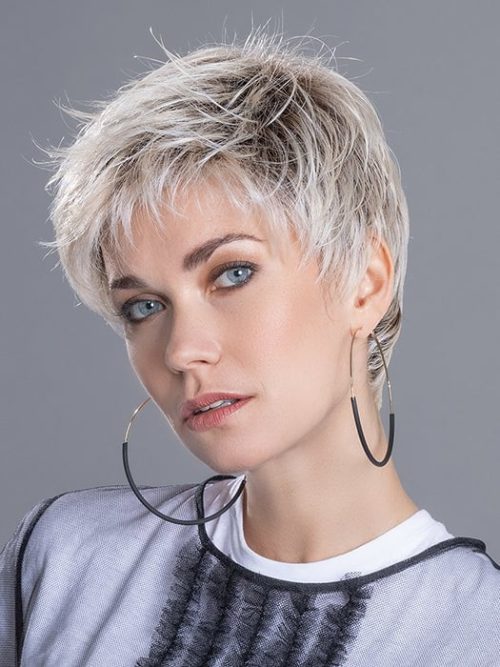Insights Into Human Hair Wigs and Synthetic Alternatives
Durability and Maintenance
High-quality wigs and hairpieces can last for years, even with daily wear, whereas synthetic options typically endure only four to six months. Proper cleaning and storage are crucial for maintaining the shape, shine, elasticity, softness, and overall appearance of wigs. In this discussion, we’ll explore factors influencing wig longevity, cleaning techniques, and essential tips for wig care.

Understanding Human Hair Wigs
Human hair wigs consist entirely of natural hair, meticulously crafted to provide the most authentic appearance. Each wig is customized to match your preferences in color, length, style, and cap shape, ensuring a personalized and natural look.
Exploring Synthetic Wigs
Synthetic wigs, on the other hand, are crafted from artificial acrylic or nylon fibers. Lacking keratin, these wigs rely on synthetic polymers, often blended with plastic, to maintain their structure. Although they mimic the appearance of natural hair, they lack its vibrancy and growth characteristics.
Human Hair Wig Longevity
With proper care, human hair wigs can last over a year, depending on wear frequency and maintenance routines. However, dyed or chemically processed wigs may have a shorter lifespan. Despite this, they offer unparalleled styling versatility and durability.

- Advantages of Human Hair Wigs:
- Natural look and feel.
- Versatile styling options.
- Longevity with proper care.
Optimizing Human Hair Wig Lifespan
The duration a human hair wig remains intact relies on installation methods and type, whether it’s a ready-to-wear, lace, or 360-degree lace wig. Rotating between multiple wigs extends their lifespan by minimizing daily wear.
Synthetic Wig Durability

Synthetic wigs, composed of acrylic or nylon fibers, lack the durability and styling flexibility of human hair. While economical, they cannot be washed, dyed, or styled like human hair, limiting their longevity and comfort.
- Benefits of Synthetic Wigs:
- Retain shape without styling.
- Variety of colors.
- Cost-effective option.
Caring for Synthetic Wigs
Synthetic wigs typically last four to six months with proper maintenance. Regular cleaning and gentle handling are essential to preserve their appearance and texture.
Essential Wig Care Tips
-
Avoiding Heat and Sun Exposure: Direct sunlight and heat can accelerate wear and damage. Protecting wigs from UV rays preserves their color and integrity.
-
Quality of Hair and Base Material: Monofilament and silk bases enhance wig lifespan by minimizing friction and damage.

- Choosing the Right Wig Cap: Proper sizing ensures a comfortable fit and extends the wig’s lifespan.
Longest-lasting Human Hair Wigs
Human hair wigs, particularly those untreated with chemicals, offer superior durability compared to synthetic counterparts. Their intact cuticles and robust construction contribute to their extended lifespan.
In contrast, synthetic wigs’ shorter lifespan is attributed to their inherent limitations in fiber strength and styling options.
By understanding these nuances and implementing appropriate care routines, wig wearers can maximize the lifespan of their chosen hairpieces, whether natural or synthetic.
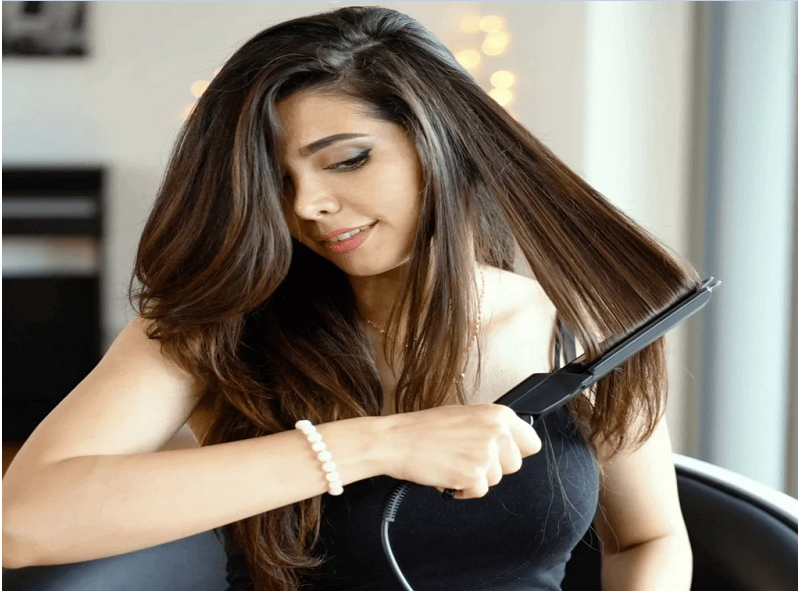
Effects of Chemical Treatments and Heat on Wig Lifespan
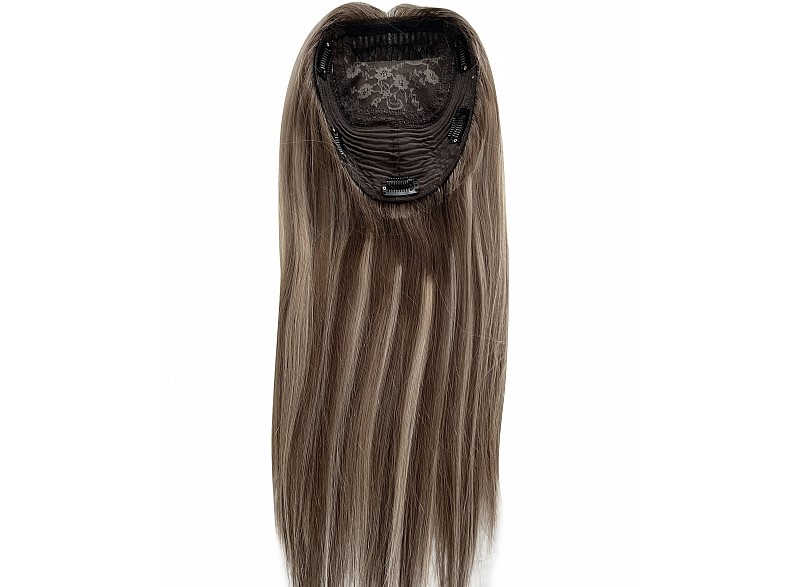
Chemical treatments and heat styling alter the texture and quality of your hair. Using heated styling tools can strip hair of moisture, leading to dryness, damage, and split ends. Similarly, chemical processes like coloring weaken hair structure, resulting in loss of nutrients, tangling, and knotting, which can diminish the wig’s long-term manageability.
Using Unsuitable Cleaning Products
Applying harsh chemicals can deteriorate wig quality over time, undermining its longevity.
Dealing with Shedding and Tangling
While some shedding is normal, excessive shedding resembling hair ends may indicate underlying issues. Tangling, akin to garden weeds, is expected to some degree, but excessive tangling suggests potential problems.
Exploring Heatless Curling Techniques
Curls offer a refreshing change to your usual style. However, frequent use of heat styling tools can damage hair cuticles, leading to dryness and stiffness. Luckily, heatless curling methods provide a safer alternative. Foam rollers, when used with cold water and styling products, can create beautiful curls without heat. For those with bobs or tight curls, heatless curling offers a convenient styling solution, even allowing for overnight curling.
Strategies for Extending Human Hair Wig Lifespan
Utilizing High-Quality Human Hair Wigs
Opt for premium native human hair wigs to ensure extended lifespan and quality. Primary hair, sourced from donors with untreated, virgin hair, offers the highest quality and durability due to its intact cuticles and lack of chemical processing.
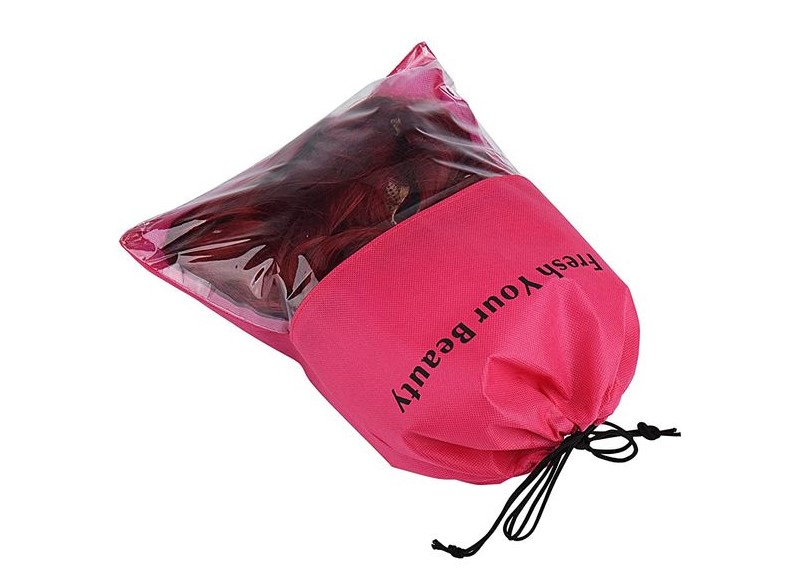
Understanding Hair Types:
Distinguish between bio hair, sourced from untreated donors, and human hair, which may include chemically treated or salon floor hair. Prioritize understanding the hair source to select the ideal wig.
Selecting the Right Wig for Longevity
Choosing a high-quality, natural human hair wig is essential, especially for daily wear. Poor-quality synthetic wigs may deteriorate quickly compared to reliable human hair alternatives, making it crucial to invest in the right wig.
Using Appropriate Hair Products
Selecting suitable hair care products and tools can prevent dryness, thinning, and damage, thereby maximizing wig lifespan.
Proper Wig Storage
Store wigs in a cool, dry place to prevent moisture damage. Employing a high-quality wig stand maintains shape and elasticity, while satin or silk bags prevent tangling and damage during storage.
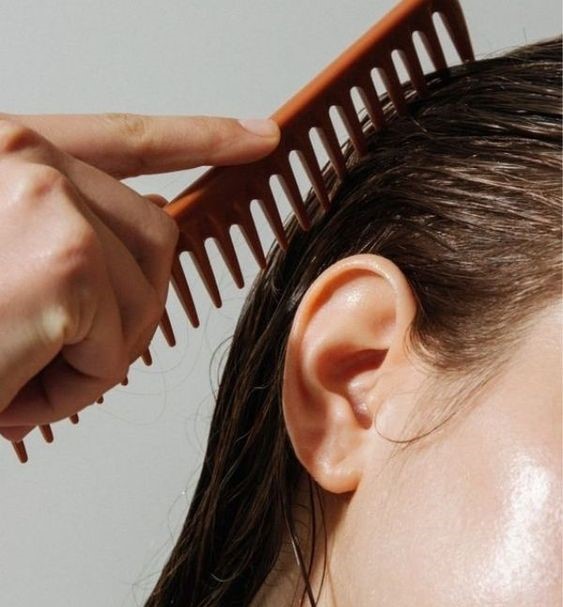
Regular Washing and Care
Cleaning Procedures for Wigs

Clean human hair wigs as needed using salon-grade products. Shampoo and condition the wig as you would natural hair, ensuring thorough rinsing. Air dry the wig to preserve its shape and structure. Follow specific steps to cleanse and maintain the wig’s integrity.
Frequency of Washing

Wash human hair wigs every 6-8 weeks and synthetic wigs every 4-6 weeks. Gentle detangling and careful washing with lukewarm water help maintain wig quality and longevity.
Final Remarks
Hair in its natural color and straight texture tends to hold better and retain moisture compared to dyed or textured hair. Chemical processes may compromise hair quality and shorten its lifespan. Implementing these measures can address various hair concerns and prolong wig lifespan. For further hair-related insights, explore additional resources online.
